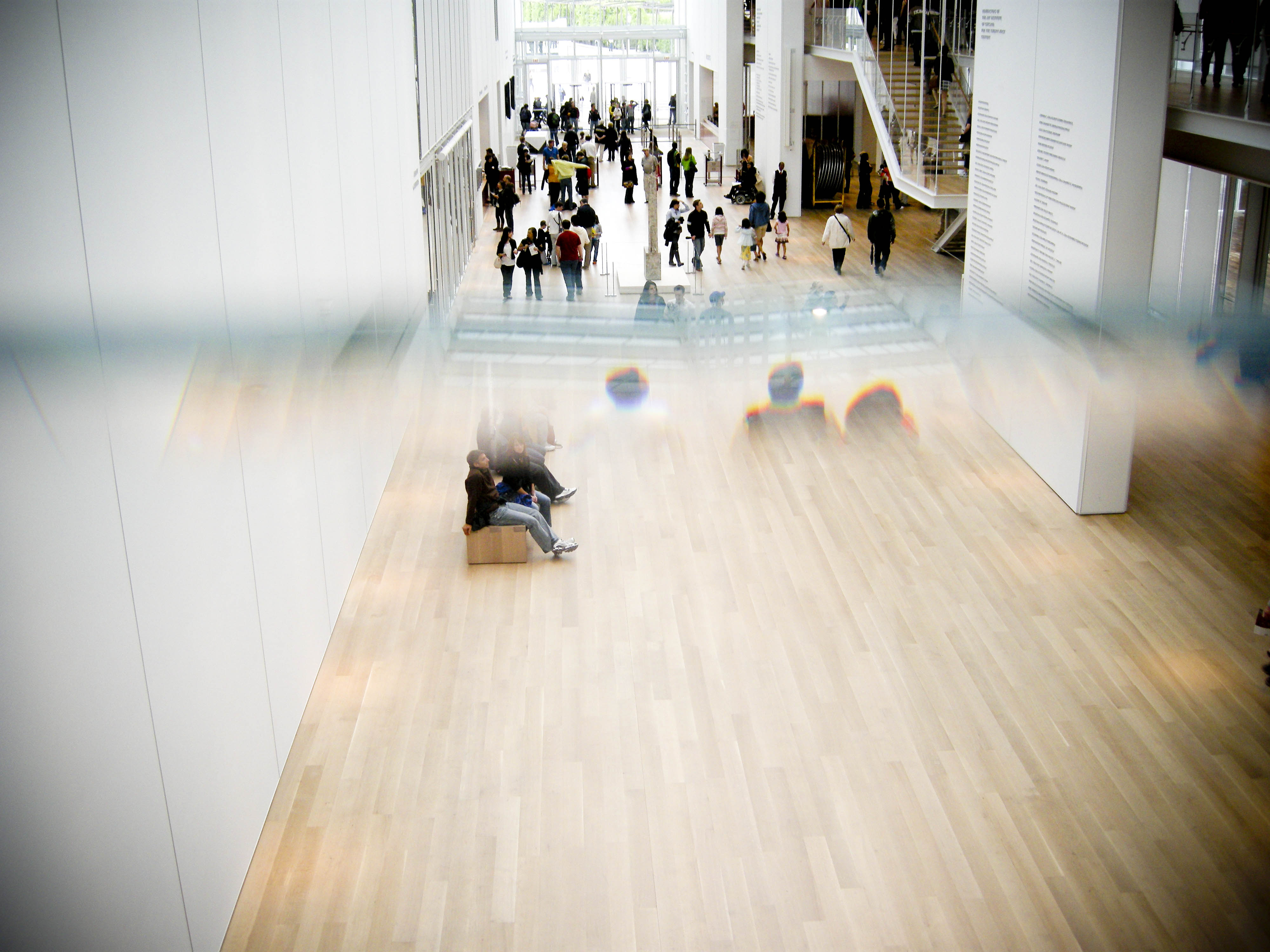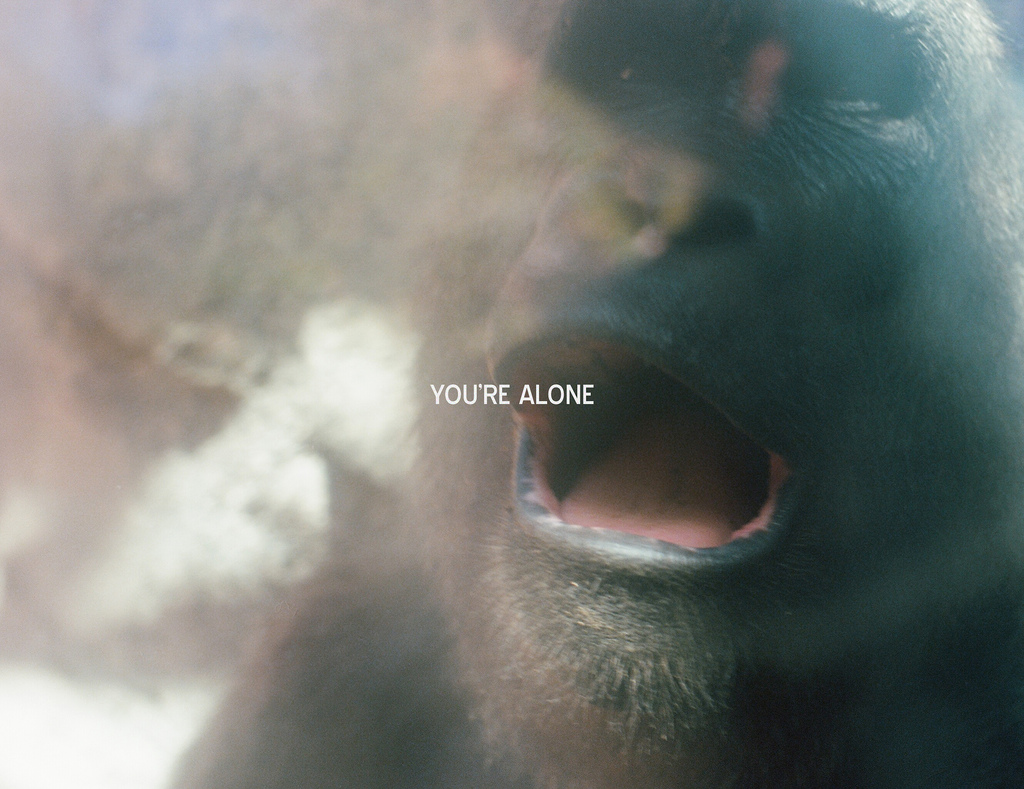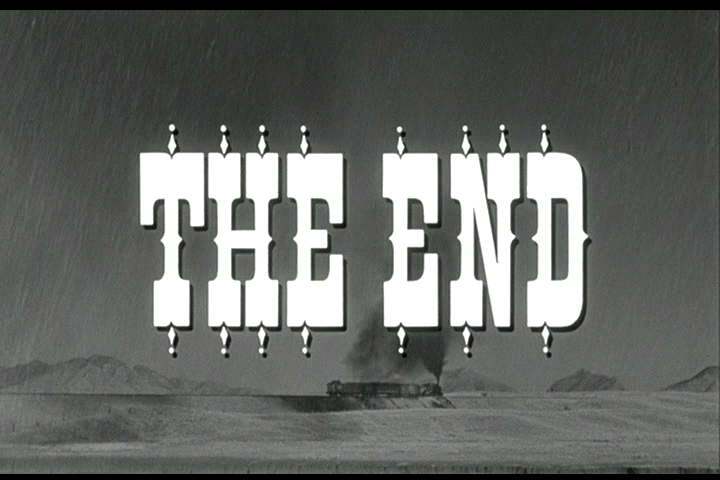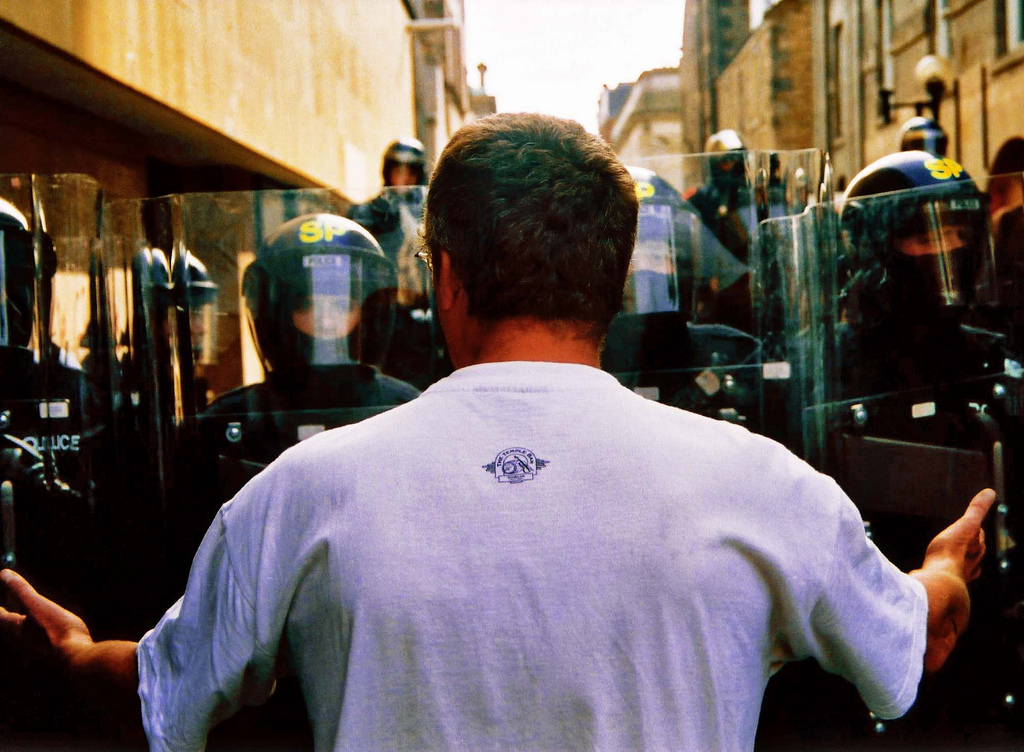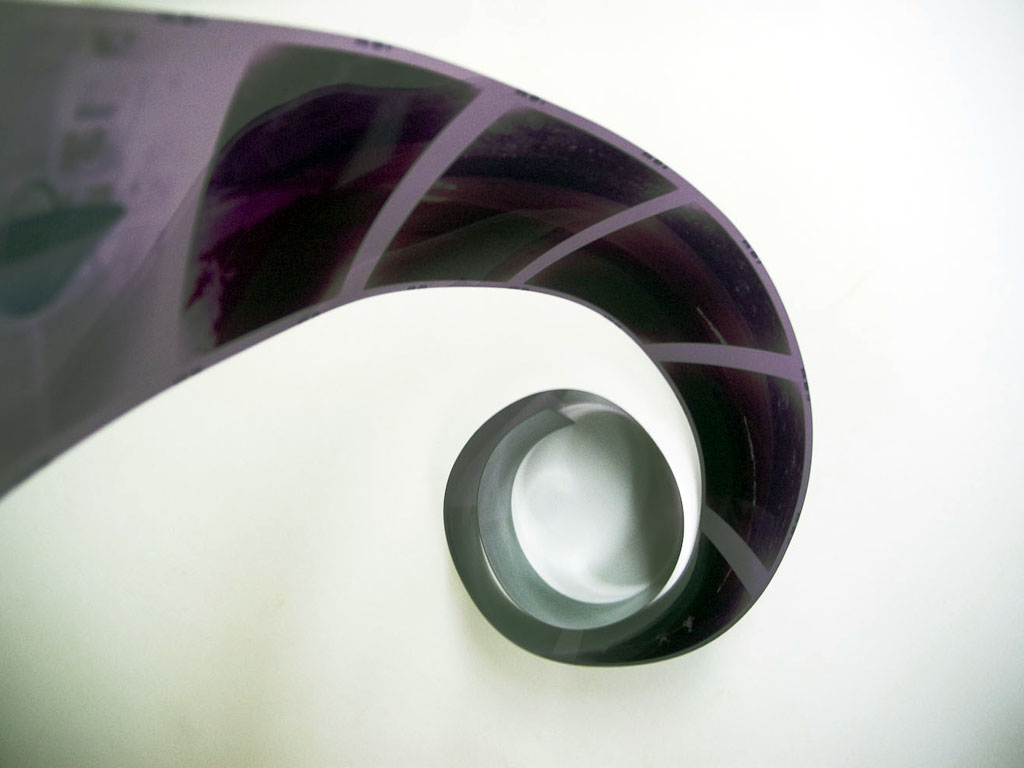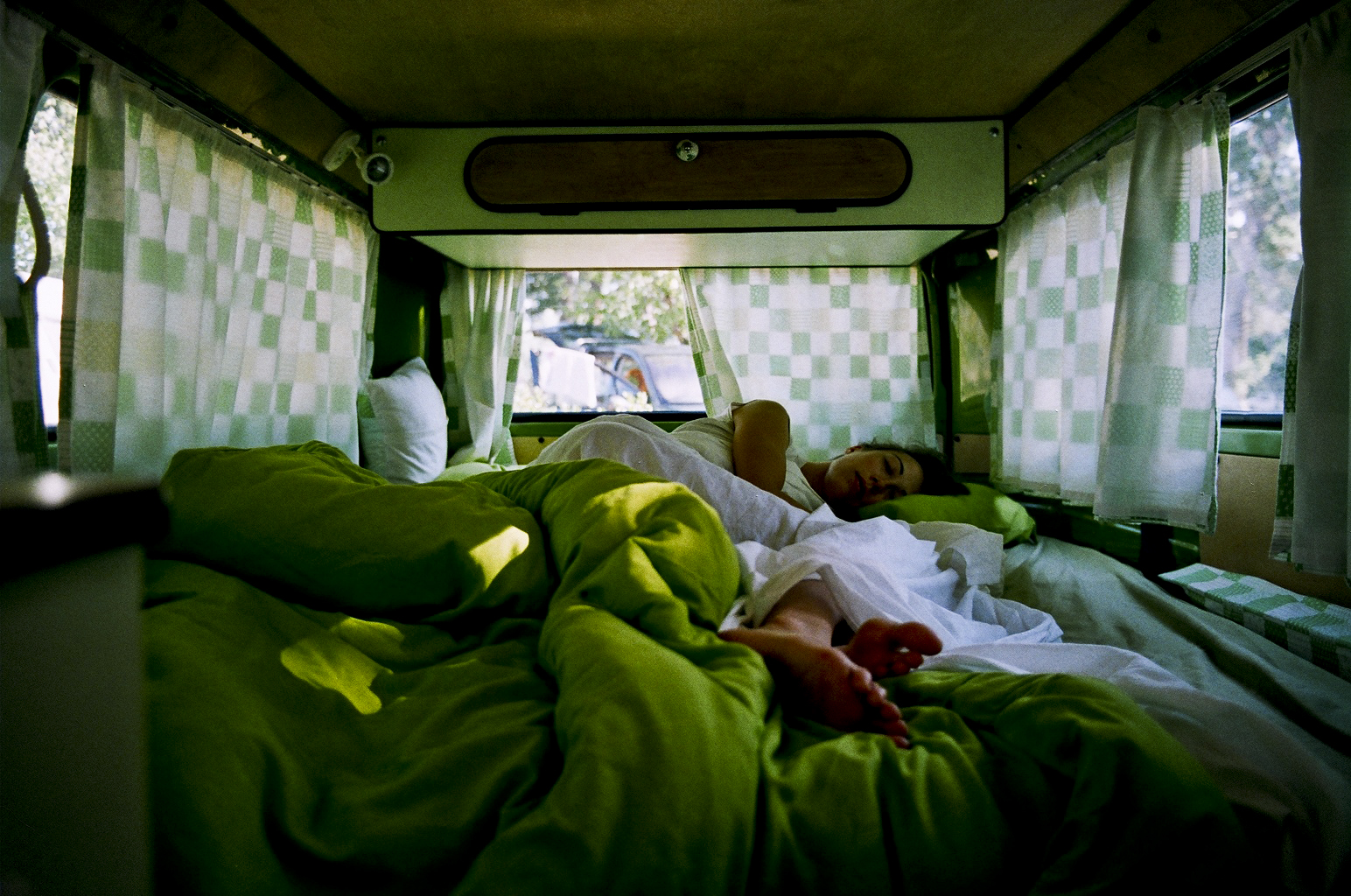Time to crank it up.
PART 1
There is no better feeling than knowing that you have had a productive day. That feeling seems to be lost for me, as I still find my self not being able to concentrate. Distractions… I guess there are a few, but I think it comes down to my mental state and willingness to put in the effort. You need to care about something to do well in it, the more you care about something the more you will give your time towards it. But for me it’s not even about caring anymore, I want to do all this work, but hey, I just… cant… be… BOTHERED!
There is nothing more dangerous in life then falling into a routine. Now, routine can be great, but when your life becomes one reoccurring routine, then time begins to be wasted. Time is finite and you only get a small amount of it in this crazy world, so why not make the most of it.
I want to look back on my time and realise that I had a good time and used the most of it. In 10 years i’m meant to have a good job, a relationship and even a home or a kid! WTF, no… too soon… way to soon! Lets focus on the now, pre-empting the future only leads to stress and make life seem so tiresome… does it not?
Anyway, it’s time to CRANK it up. Press play on my seemingly stagnate and paused life. What do I want to get of this course? What motivates me?
Great questions Lucas. I’m motivated to be the most talented… no that doesn’t sound right… I’m motivated to be the best… NO, way to conceited… I’m motivated to be remembered as a great story teller… Ok, getting there.
Dang it! I need to work this out!
So last week was a great week, caught up with some friends, and went down to this small indian place that does $5 all you can eat for lunch, which is awesome! Money is always an issue, so cheap meals are handy. We showed our portraits, and I… I… Now i’m just fishing for answers. See when you fall into a routine, you lose sight of whats happening and consequently memories of our week begin to fade because we aren’t surrounded by new things or experiences to create new memories, true fact.
To have motivation you need a start and a finish and at the moment I have no finish, so it’s hard to work towards something. When I am looking forward to something I want, it is a great feeling to know you are making progress, there is nothing worse then feeling like you haven’t made progress. Progress enables growth, it enables ideas to flow and allows you to be connected with the world that continues to move so fast around you. Stagnation, is the worst thing that can happen. When you stop moving, life doesn’t slow down for you, you get left behind and constantly have to play catch up!
So this has been a bit of a ramble, about… I’m not quite sure to be honest. Oh! One cool thing is that a lady that was at a function I was working at was 99 years old. 99 YEARS OLD, and she’s looking great, no slowing down! What! And the best thing is, she turned 100 on the 100th anniversary of Anzac day. It’s amazing to think what she has seen and been through. She lived through the 60’s, 70’s, 80’s and 90’s, (Very jealous). She has been alive during all the wars of the 20th century, she has seen the collapse of the Berlin wall and was there for the moon landing. She has seen life before the internet. Has seen the development of planes and cars. She has lived through so many key events that make the world what it is today. She must be an amazing woman, it would be fascinating to get a glimpse into what her life has been like.
PART 2
Films I have seen:
Nil (Quite disappointing)
Music I’m listening too:
I’m loving real deep house mixes. And I mean real deep house, not that commercial pop bull shit.
Here are some:
GOALS:


